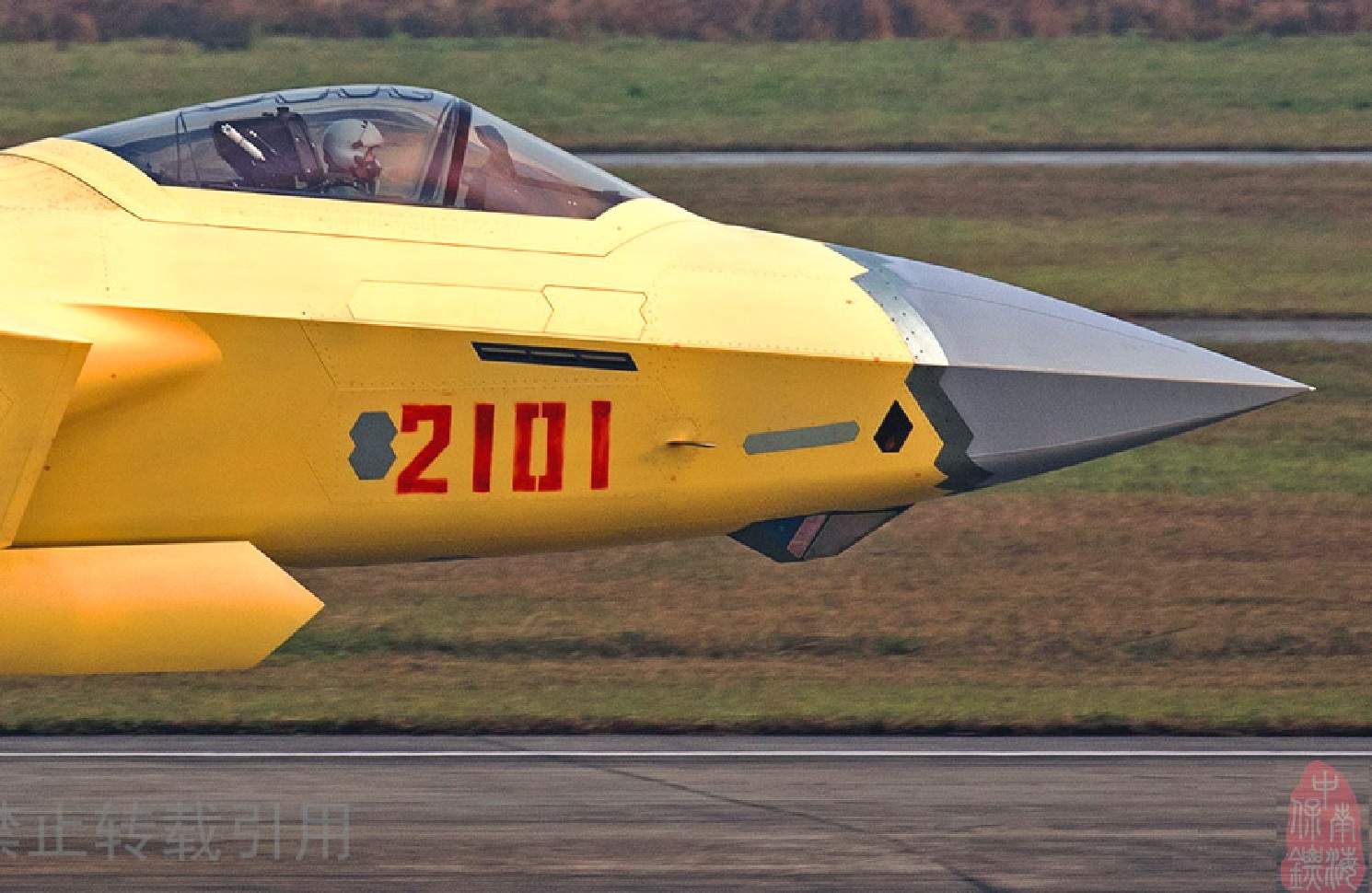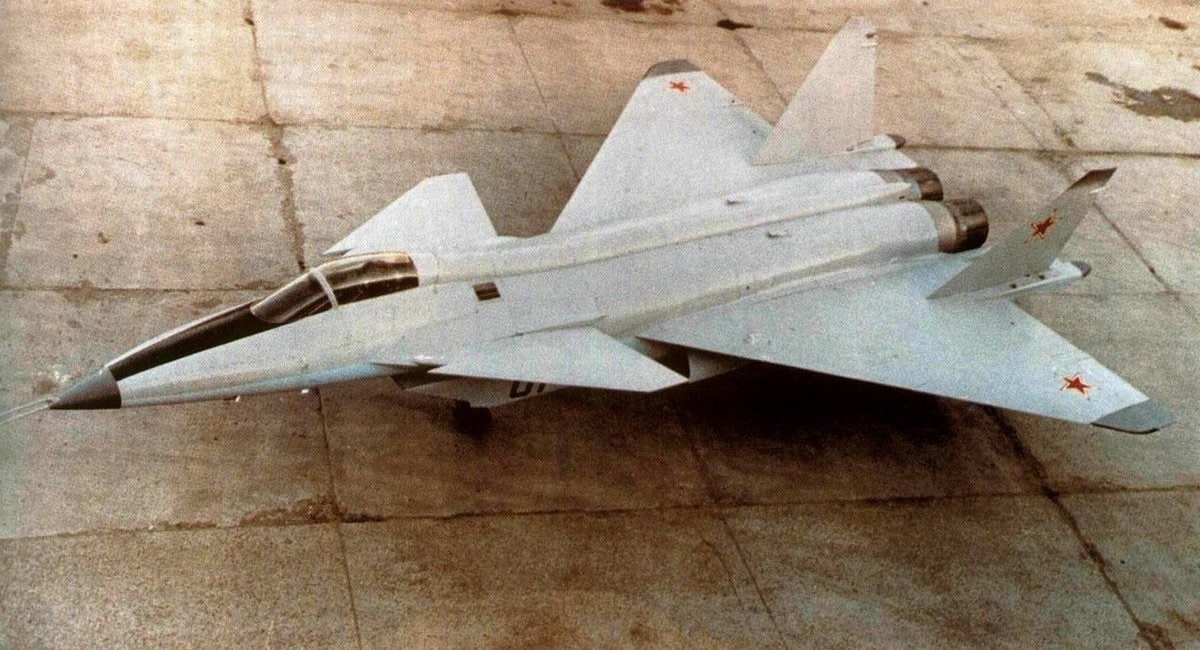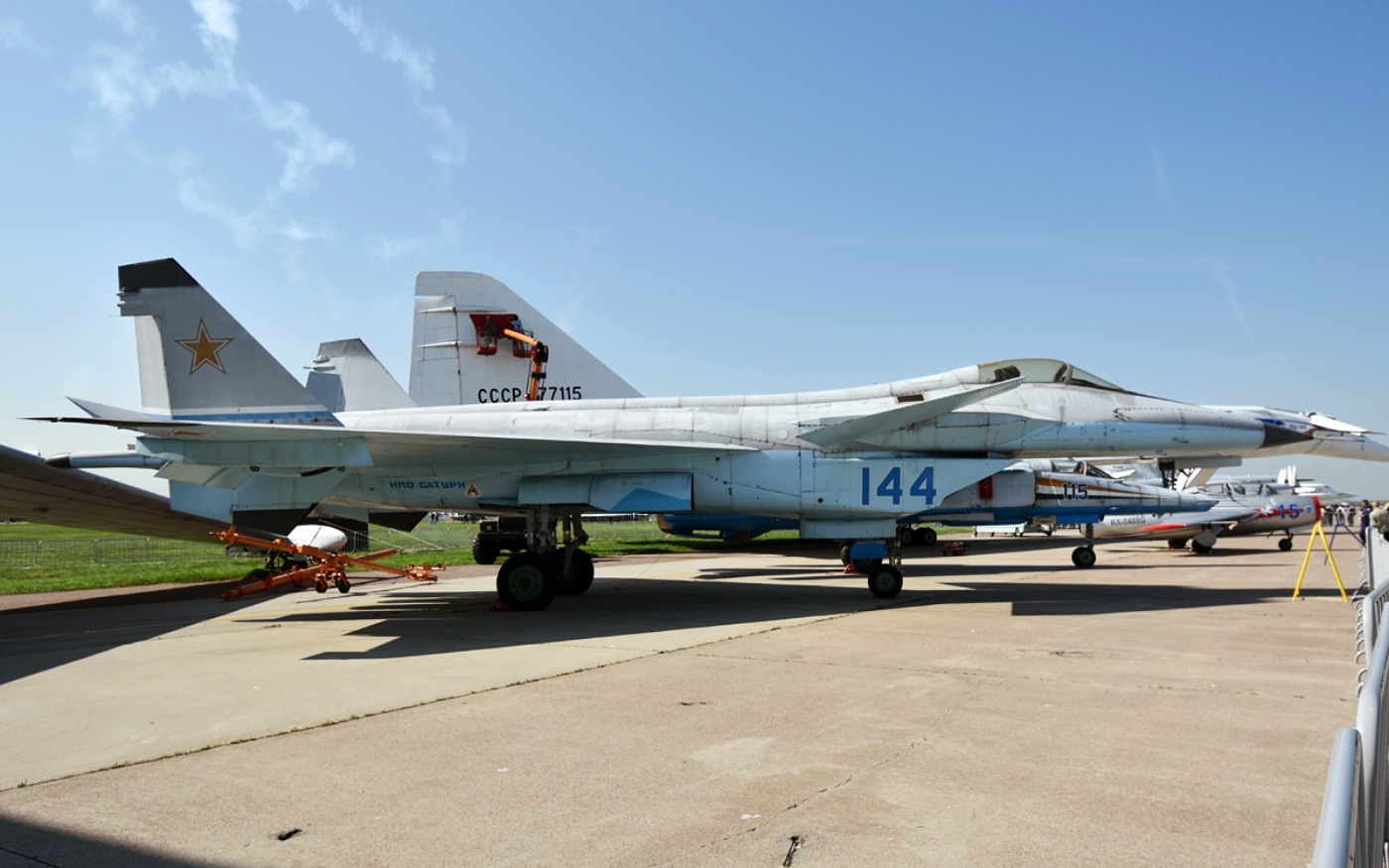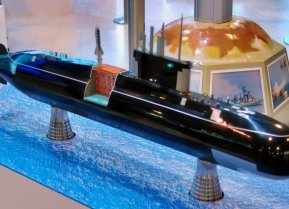China's J-20 Stealth Fighter: Copied From Russia?
Was China's J-20 stealth fighter inspired - or copied? - from Russia's defunct MiG1.44 stealth fighter program?
J-20: What Did China Learn from Russia's MiG 1.44 Stealth Fighter Program?- It’s not uncommon to hear people citing China’s theft of American F-22 and F-35 plans as inspiration for its J-20 stealth fighter, but Russia has also raised suspicions about China borrowing heavily from one of its own defunct fighter efforts.
The Chengdu J-20 Mighty Dragon is China’s first 5th generation fighter, with roots dating back to the nation’s J-XX program that began in the late 1990s. By 2008, some 11 years after the F-22 Raptor’s first flight, Chengdu’s Project 718 was chosen to move forward as the basis for the nation’s first stealth fighter, though the design chosen would see significant revisions in 2014 before being declared “combat ready” and put into production in 2017.
The single-seat, twin-engine fighter has a wingspan of just more than 42 feet, a bit shy of the F-22’s 44′, and an overall length of 69 feet, seven inches, considerably longer than the F-22’s 62′. China has struggled to field the jet’s intended 5th generation engines, known as WS-15s, which are expected to produce some 44,000 pounds of thrust each. As a result, today’s J-20s fly with either Russian-sourced AL-31s capable of producing 33,000 pounds of thrust each, or more recently, China’s own equivalent, the WS-10C.
The aircraft’s top speed is rated as Mach 2, with a combat range of 1,100 nautical miles, and a service ceiling of 66,000 feet. It’s capable of carrying four medium or long-range missiles inside its primary payload bay, as well as two additional short-range air-to-air missiles in small secondary bays on either side of its fuselage.
The J-20 is often compared to America’s air superiority F-22 Raptor, but technically speaking, it was initially designed to fill a different role. While the Raptor was always intended to dominate air combat, the J-20 was originally meant to fly deep into enemy territory to conduct strikes against ground targets, which is more akin to the F-35’s role. However, China has since devoted considerable energy and resources to closing the air-combat capability gap, incorporating new systems like thrust-vector control into the latest iterations of the platform in order to make it a more dynamic dogfighter.
Russia called out the J-20’s similarities with the MiG 1.44 immediately after the Chinese fighter was revealed
Although the Soviet Union fell in 1991, Russia continued to work toward matching the air combat capabilities the United States was developing in the F-22 Raptor throughout the rest of the decade.
While Sukhoi’s PAK FA ultimately won out, leading to the Su-57 Felon, Russia did consider at least two other potential stealth fighter designs, including the forward-swept winged Su-47 Berkut, and the Mikoyan MFI program’s MiG 1.44 prototype (intended to result in a MiG 1.42 production fighter).
The MiG 1.44 was revealed to the world in 1999 but began development in the 1980s. By 1994, the MiG 1.44 prototype was conducting ground tests, but Mikoyan’s financial woes at the time prevented the program from maturing further. It would eventually take flight in February of 2000.
While not as dramatic as the Su-47’s backward wings, the MiG 1.44 also diverged from traditional Russian fighter designs by placing canards ahead of rear-mounted wings, creating a strikingly similar layout to China’s Mighty Dragon. And don’t think for a moment that Russia hasn’t noticed the similarities between the two aircraft.
In October 2016, China officially unveiled its J-20 at the Zhuhai air show in Beijing, and within days, Russian state-owned media outlets were already calling Chengdu out. One of the most frequently cited statements in those early days came from deputy editor-in-chief of Russia’s Arsenal of the Fatherland magazine, Dmitry Drozdenko:
“In my opinion, the machine is based on the Russian MiG 1.44. That plane was created to compete with the PAK FA at the preliminary design stage, and made its maiden flight in 2000,” he said on Sputnik radio.
“The Chinese plane is very similar. Although it hasn’t been announced officially, the J-20 uses our AL-31F engine, developed by Salut, which the Chinese bought for half a billion dollars.”
Another Kremlin-owned media outlet, TASS, soon followed suit with its own assertions, penned by Viktor Litovkin:
“In China, they are able to copy the best models of military equipment, no doubt. They know how. But we must remember that a copy is always a little worse than the original,” Litovkin wrote.
“Comparison of the Chinese J-20 with the domestic MiG 1.44 is natural. The appearance of the two aircraft is very similar. As for the internal layout, questions arise. How accurately are the instruments and equipment copied?”
But Russians weren’t the only ones to take note. Douglas Barrie, an air warfare specialist at the London-based International Institute of Strategic Studies, also highlighted the striking similarities between the J-20 and MiG 1.44 at the time.
“The back end of the J-20 looks awfully like the 1.44, as does the overall layout with delta canards,” he said.

“If it’s a coincidence, it’s a striking one. Russia may have provided technical support, but there is nothing substantial to prove that. China has however relied on Russia for much of its defense procurement for a decade and a half.”
MiG denied any involvement in the J-20’s development… but what does that actually mean?
Mikoyan has denied providing any kind of support for China’s stealth fighter development which dates back to well before the J-20 was officially unveiled.
After some images of the new Chinese fighter emerged in 2010, the Russian firm went on the offensive, stating in multiple Russian outlets that they “are not delivering any equipment to China, and never have.” Of course, that statement was patently false. Mikoyan had openly sold kits, components, and complete MiG-21s to China for use as their Chengdu J-7 in years past, for instance.

Mikoyan’s financial struggles in the late 1990s, which ultimately led to a complete change of management before the MiG 1.44 was revealed to the public in 1999, may have set the stage for just such a transfer of designs. If the company was hurting for money, China would be a logical place to start looking for some, especially after the MiG 1.44 had been passed over.
In August of 2011, Thomas Grove interviewed an unnamed source within Russia’s defense industry for Reuters. The source said that Mikoyan did indeed help with the J-20’s development, though he wasn’t sure if it had been done legally.

“It looks like they got access… to documents relating to the Mikoyan — the aircraft that the Ministry of Defence skipped over in its tender to create a stealth fighter,” he said.
Grove further substantiated his reporting by meeting with Russian analyst Adil Mukashev, who corroborated the story.
“China bought the technology for parts, including the tail of the Mikoyan, for money,” he said.
About the Author
Alex Hollings is a writer, dad, and Marine veteran who specializes in foreign policy and defense technology analysis. He holds a master’s degree in Communications from Southern New Hampshire University, as well as a bachelor’s degree in Corporate and Organizational Communications from Framingham State University. This first appeared in Sandboxx news.


